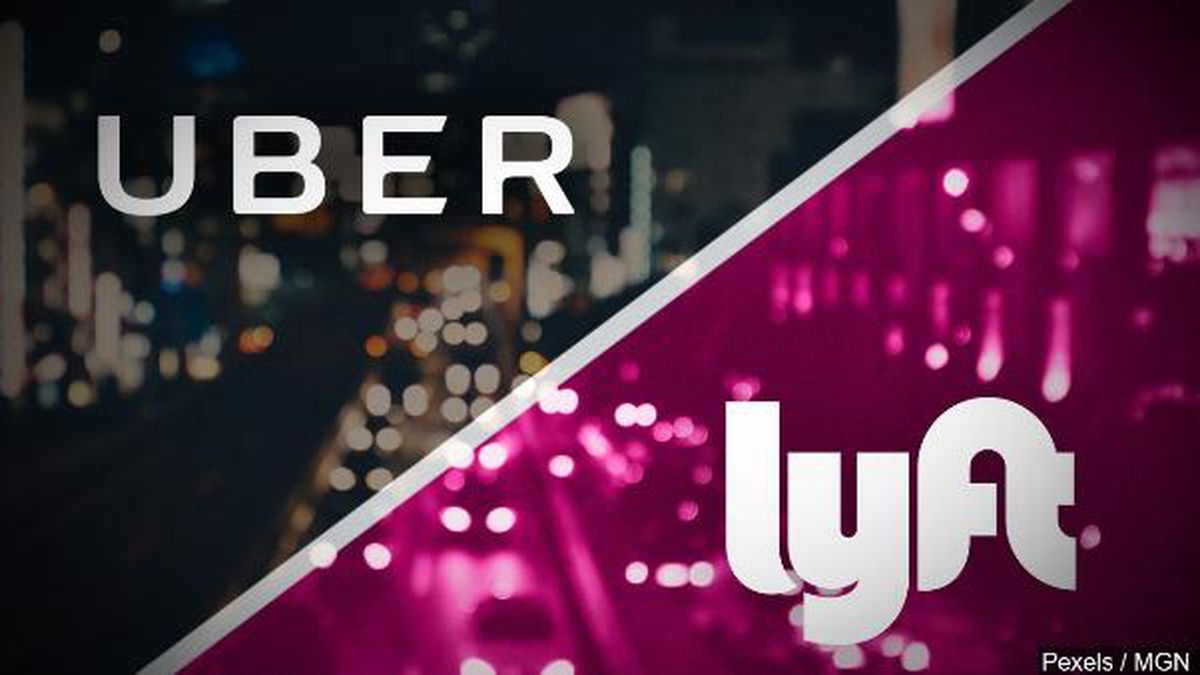In June, Moody’s Investor Service warned a higher minimum wage could erode profit margins in the U.S. restaurant business. And while supporters of a high minimum wage like to say employers can afford to absorb the reduced profits, the reality is much different.
The CEO and CFO of fast food chain Wendy’s recently explained what a higher minimum wage means for their workers:
“We continue to look at initiatives and how we work to offset any impacts of future wage inflation through technology initiatives, whether that’s customer self-order kiosks, whether that’s automating more in the back of the house in the restaurant. And you’ll see a lot more coming on that front later this year from us.”
The CEO added:
“Our franchisees will likely look at the opportunity to reduce overall staff, look at the opportunity to certainly reduce hours and any other cost reduction opportunities, not just price.”
So the employees Wendy’s keeps on the payroll will earn more per hour, but they will work fewer hours and whenever possible their jobs will be replaced with new technology. Not to mention the workers who will never have the opportunity to work at Wendy’s because those jobs no longer exist.
Wendy’s isn’t the only fast food chain turning to automation. After grim earnings reports, McDonalds has announced a $300 million cost-cutting and restructuring plan to turn things around. Part of McDonalds’ cost-cutting plan is to move towards automation. McDonalds says the new technology will “make it easier for customers to order and pay for food digitally and to give people the ability to customize their orders.” It also means fewer low-skill workers will be needed.
Welcome to the new fast food model.
Of course, it isn’t only fast food workers who pay the price for higher minimum wages. After Seattle’s $15 minimum wage law began phasing in on April 1, a new report shows 1,000 restaurant jobs were lost in just the following month. That is the worst one-month job decline since a 1,300 drop in January 2009 of the Great Recession. Meanwhile, overall employment in the city increased during that month.
This shouldn’t be surprising given Moody’s warning of the negative impacts of a higher minimum wage on the profit margins of an industry that relies heavily on minimum wage workers. According to the Washington Restaurant Association, the average profit margin for a restaurant in this state is only around 4%, with fast food establishments averaging about 7%. With such slim profit margins, logic dictates these employers would be compelled to mitigate their higher wage costs by reducing their labor force.
A smaller labor force in the restaurant industry means fewer opportunities for the low skill workers who need those entry-level jobs to begin building the skills they need to move to better paying jobs.
As the CEO of Wendy’s explains:
“We believe that some of these increases will clearly end up hurting the people that they are intended to help. And we continue to believe that one of the great opportunities you have in a business like ours is that an entry-level person, in a very short period of time, can rise to become a manager in a restaurant, and have an income above the median household income in the United States of America.”




